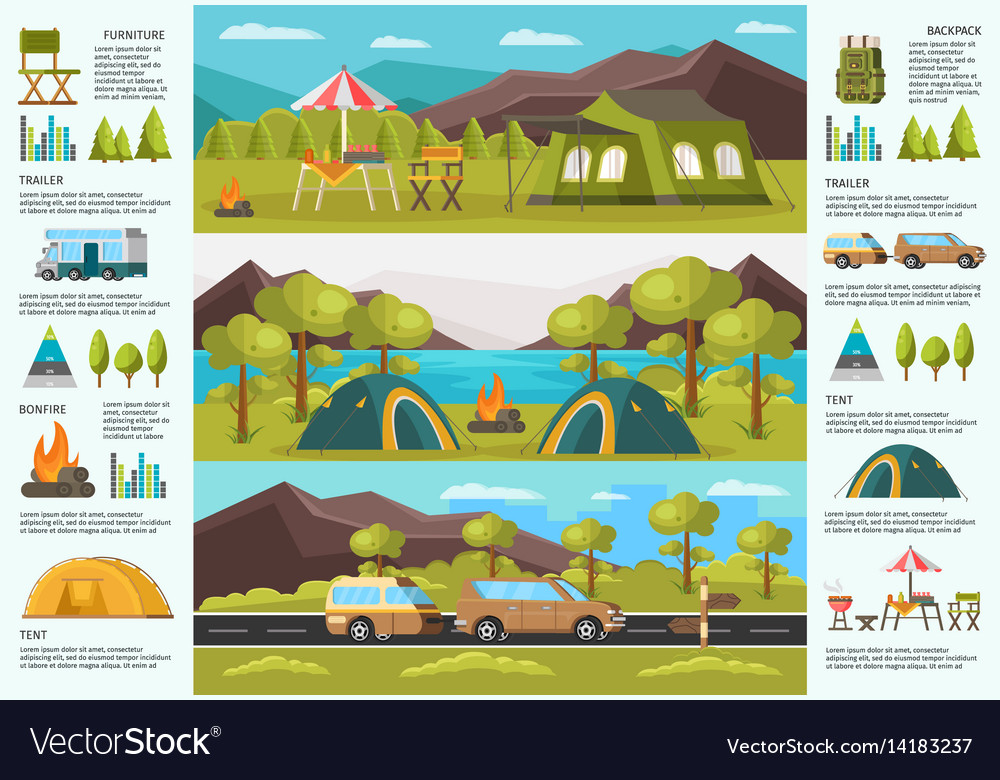Framework might feel like a small detail, yet it's the skeleton of your building. If it's done incorrectly, the entire structure is at threat.
Understanding one of the most common framework and truss layout blunders will assist building and construction professionals and DIY house owners prevent them. This will certainly ensure that the outcome is a secure and sturdy building.
1. Disregarding Load Calculations
Neglecting exact lots calculations can result in a variety of architectural concerns, from drooping roofing systems to cracked walls. It is important to ensure that the appropriate estimations are conducted by qualified designers, thinking about dead and live tons and environmental aspects. By doing so, builders can decrease callbacks and enhance the long life of their work.
By prioritizing precise preparation, adherence to design requirements and best practices, and remaining up-to-date with industry requirements, building experts can get rid of much of these mounting blunders and attain rock-solid results. Preventing these typical errors can assist to make certain the safety and longevity of framework systems and structures, whether they are trusses or stick-built. By preventing these mistakes, contractors can be much more confident that the structures they create will certainly take on also the toughest weather.
2. Picking the Wrong Products
Framing might seem like a small part of building a structure, yet it is the skeletal system that makes sure the general structure's strength. Thus, it is important to avoid mistakes when building the framework system.
One usual blunder involves choosing the wrong materials for structure and truss building and construction. This can lead to premature degeneration and reduced load-carrying capacities. Therefore, building contractors need to talk to material suppliers and design specialists to choose long lasting and reputable framing products.
One more common framing blunder includes improper panel spacing. Plywood and OSB panels can reduce or broaden slightly, and this adjustment in wetness content must be enabled by leaving space in between panels. When these spaces are not left, the panels can fracture and distort over time, which will certainly jeopardize the structure of the building.
3. Forgetting Drywall Support
Even the tiniest mistakes can have large repercussions for framing systems. Besides, the frame skeletal system is essentially the structure of the entire framework and the starting factor for accomplishing the design vision. Making sure to avoid these mounting design challenges will aid guarantee a solid, stable structure and avoid pricey callbacks later on.
While it might appear like a small oversight, failing to remember to mount drywall support is a serious problem that can have a significant effect on the project's last end result. Drywall backers provide added support that protects against walls from drooping, warping and breaking with time. While many understand the relevance of setting up these added support pieces, they can conveniently forget an area or 2. Without them, drywall installation will certainly be far more challenging and taxing.
4. Not Checking the Studs for Crowns
While a stud may seem smooth, the reality is that there is likely a crown on every stud. This little bump creates a stud to warp or bend slightly, which can impact the total frame structure and make it harder to construct walls. Regrettably, some woodworkers forget to inspect the crowns in each stud tent durability prior to building walls, which can develop an uneven wall and cause pricey structural problems down the line. Cautious preparation, adherence to best practices, and the participation of qualified experts are vital for effective timber framing jobs. Staying clear of these usual frame system errors will certainly help you develop a risk-free and safe and secure building structure.
